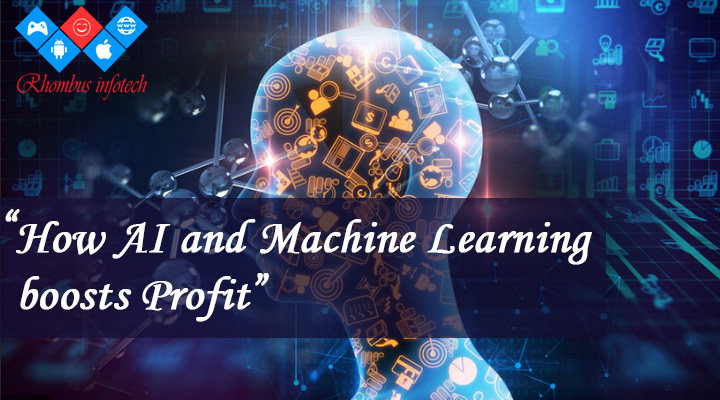Fortunately, a new factor of production—artificial intelligence (AI)—is emerging that can help kick-start profitability. AI consists of multiple technologies that can be combined in different ways to sense, comprehend, act and learn.
Banks are rapidly adopting Artificial intelligence (AI) and machine learning in their financial services to offer customers a range of services. In the last few years, the entire financial structure has evolved considerably, and the developments in this area are monitored closely.
The technological advancement and the availability of financial sector data have driven the adoption of AI and machine learning. It is easy to meet the profitability needs and financial regulation demands by incorporating the latest technology in financial institutions. Artificial intelligence (AI) and machine learning (ML) is a significant step forward towards digitization which led to the transformation of the financial sector.
The imminent change in the financial structure has attracted various investors seeing the number of potential benefits for both public and private sector institutions.
Most of the financial structures are using AI and ML for automating and improving client interaction. The technological development has upgraded the credit quality and insurance contracts, diminishing the risks of financial stability.
Financial institutions use AI and ML techniques for optimizing scarce capital with the back-testing models. Large trading positions are using it for analyzing the market impact as well.
Credit Card Adoption
With machine learning, more and more people have started taking credit cards seeing the convenience of extending their payment capacity without any disruption in the ongoing payments.
Machine learning helps issuers to make proper use of transactional and behavioral data for predicting the spending behavior and alter the services accordingly.
Risk assessment
Machine assessment algorithms are beneficial for dynamically checking the current wealth, property ownership, insurance claims, social network profile, and other personal indicators of the borrower. This approach also shows the weak credit scores giving a more precise picture to assess the creditworthiness.
Various data sources have expanded the reach of banks, making them speed up the decisions. There are no conventional models of risk assessment, such as checking the existing debt burden or payment histories for data sources.
Customer Care
With machine learning advances, the Natural Language Processing (NLP) applications are more contextual, and chatbots assure round the clock assistance across all stages of customer interaction, including payments, on-boarding, and product selection. Recently developed smarter chatbots help in learning about the irate human behavior and then consequently escalate queries to customer care executives.
No frauds
ML systems have algorithms to identify patterns associated with scams and give the issuers a chance to counter the ever-evolving sophistication of cyber-attacks. AI and ML techniques have stood by their promise of great efficiency gains and rise in potential revenue.
58% of enterprises are tackling the most challenging marketing problems with AI and machine learning first, prioritizing personalized customer care and new product development.
In recent years, experimentation of AI has shown good results in several areas. Every firm is deploying AI and machine learning techniques for increasing efficiency and serving customers with the best services.

